Javelina: Everything You Need to Know
Have you ever heard of the Javelina? It’s a mammal that looks a lot like a pig. You won’t see these animals everywhere. As members of the peccary family, another name for them is the collared peccary due to the white hair around the neck area that looks like a collar. They have cousins in South America called the Chacoan peccary that is very similar.
They’re easier to find in Central and South America, but over the past few years have become very prevalent in North America, particularly in the southeastern and southwestern United States. In Arizona, they are seen just about everywhere, as attested by my husband who saw a bunch while golfing in Scottsdale.
Our daughter lived in Tuscon, Arizona and if we were outside we could see a small herd of them running down the street. They were the size of a medium dog and could mow down your beautiful flowers in a few minutes.
Luckily she had a fence or they may have ventured into her backyard. She ended up having to hang flowers in pots on hooks to keep them safe from Javelina.
The average adult Javelina weighs 35-50 pounds and stands about two feet tall and 3-4 feet long. Despite its weight, the mammal isn’t as large as other animals we see in the wild. They usually keep their herd to about 10 members but have been known to have as many as 50 on rare occasions. Although some people might call them a wild boars, they aren’t a boar, a pig, or a feral hog.
Javelina: Everything You Need to Know
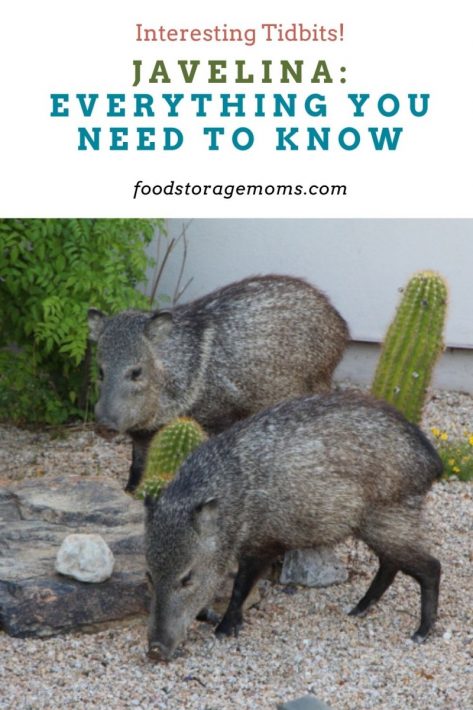
Is It Safe to Eat Javelina?
If you’re a hunter or interested in trying different types of meat, you’re probably wondering if it’s possible to eat Javelina. Many people hunt, skin, and cut the meat of this animal, preparing it in different ways because they enjoy its flavor.
The meat has a similar appearance and taste to pork. With this type of meat, you can leave the center pink and still safely serve it as long as the temperature is at least 165 degrees. I’d be cautious myself and make sure the meat is fully cooked, much like I would with pork products. There are different ways to cook it with some people grilling it, while others may bake it in the oven or fry it in a skillet on the stovetop.
It’s also a common ingredient added to stews made by people in different parts of the country. The texture and taste make it a great type of meat to serve with potatoes and vegetables, including broccoli, carrots, and cauliflower.
What Is the Javelina Known For?
Javelina is known for its canine-like teeth. The teeth can protrude vertically out of the mouth and cause the animal to have multiple lumps throughout its lips, noticeable to the naked eye. Their dental features are different from the pigs that most people have grown accustomed to seeing in barns around the world. The word javelina actually means javelin or spear in Spanish. They got their name from the razor-sharp tusks they have.
With these sharp canine teeth, it’s possible for the Javelina to bite humans and other animals. Though it’s not common for these mammals to bite humans, they may do so if they feel like the human is a threat to them.
When the animal bites, it can cause a significant wound. Most instances of bites from these animals occur during feedings. Therefore, it’s vital for anyone thinking about feeding this wild animal to tread lightly and take safety precautions because of the risks associated with getting too close.
If you ever encounter these animals, be aware of potential signs of an attack. Before they bite, it’s common for a Javelina to clack its teeth, bark, or even growl at the sight of a human or another animal.
If you hear these warning signs, your best bet is to get as far away from the animal as possible. If not, you’re putting yourself at risk of a bite that could land you in the hospital in excruciating pain.
What Does Javelina Eat?
Javelina will eat all kinds of foods that they can find in the wild. Their most common food is the prickly pear cactus. It’s also common to find them feasting on agave, mesquite beans, and other greens they can find. Although they often eat different types of plants found in the wild, they occasionally eat other animals like small rodents, lizards and other reptiles, and even dead birds. For example, if these mammals come across small rodents, such as rats or mice, they will eat them.
While these mammals do eat other animals, they’re not typically waiting around for their prey. If they’re on the hunt for food, they’ll go around and try to find what they can to survive, whether it’s another animal or some plants.
If you ever have Javelina as pets on your land, you can give them acorns. They love acorns and will eat plenty of them. They’re also fond of fresh garlic and will tear right into it if they see a garlic plant growing.
Is It True That These Mammals Smell Terrible?
Javelina has an unusual odor that makes it hard for anyone to spend much time around them. These animals have poor eyesight, so it’s their odor that helps protect them from predators. The musk glands on their backs near the rump produce a scent that is used to mark their territory. It also marks members of the same herd. The Javelina is often called a skunk pig due to its strong odor.
They can’t see well enough to notice if a predator is on the loose and preparing to attack them, so they’re more likely to escape because of the odor they leave behind them. The scent gland comes from an area above the tail.
As mentioned, they use the scent to mark members of their herd and mark any territory around them. Other animals may stay clear of specific areas because of the scent left lingering behind.
Although they put out a bad smell, they are still like other wildlife and subject to being hunted as prey by a mountain lion, coyote, bobcat, or human.
Can People Keep Javelina as Pets?
These are wild animals. It’s best to leave them to the wild where they can thrive and survive on their own. They stick with their herd members to stay safe and hunt for food.
These animals tend to do well in the wild. However, some people have them on their property. Those who do care for Javelina on their land must consider the risks before continuing to keep these animals for lengthy periods.
There is always that chance of sustaining a bite, the sharp tusks, or dealing with that horrible odor.
It’s also important to know that these mammals can carry diseases. They’re more likely to carry diseases if they’re found in the wild, so no one should consider trying to rescue one of them from the wild because of the diseases it might have.
The diseases can often spread to other animals on the land and the humans who live on the property. So, it’s my opinion that trying to domesticate them isn’t worth the risks.
Where do you usually find javelina?
They are desert animals in habitat and can often be seen in the U.S. in southwest Texas, New Mexico, and Arizona. They are also common throughout Mexico, Central America, and as far south as northern Argentina.
Are there similar animals that are causing problems?
It has been reported for some time now that Canada is experiencing a feral pig problem. It is a real challenge with most sightings taking place in Saskatchewan. They have put together a task force called the Canadian Wild Pig Project where their database has over 60,000 wild pig occurrences reported throughout Canada.
The country was trying to diversify livestock for agricultural purposes when it was decided to import domestic wild boars during the 1980s and 1990s. The issue has been keeping the animals properly fenced in and thousands have escaped over the years. These animals are particularly well suited to the cold winters in Canada and they thrived in the wild. They tend to become sexually active at a young age and have a high reproductive rate. Their wild pig population has grown more rapidly than anyone imagined.
Final Word
Javelina is a mammal that looks like a pig, but there are differences between these animals and pigs. While it’s safe to have pigs living on your land, it’s not so safe to have Javelina living on it because they can bite and cause serious harm.
Some people hunt these animals in the wild because their meat tastes a lot like pork. If you ever encounter one of these mammals, proceed with caution.
Don’t get too close, and be sure to pay attention to any warning signs, such as clacking of the teeth or growling. May God Bless this world, Linda
Copyright Images: Two Javelinas in Scottsdale AZ AdobeStock_274495829 by DCA88

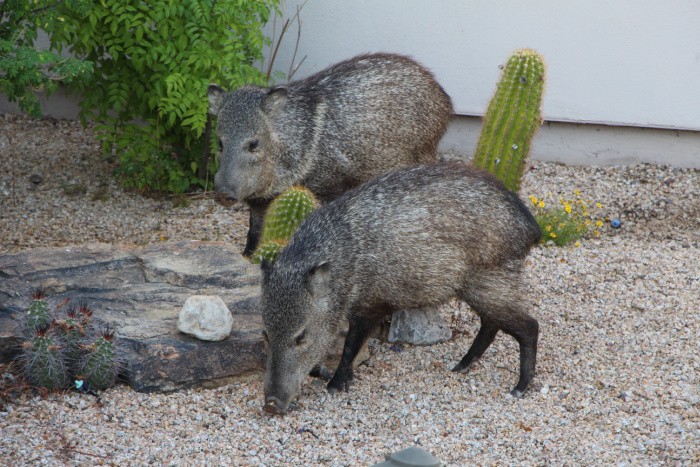

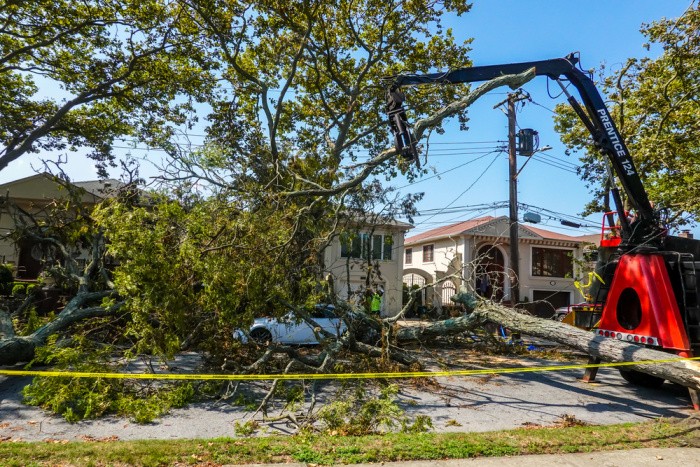
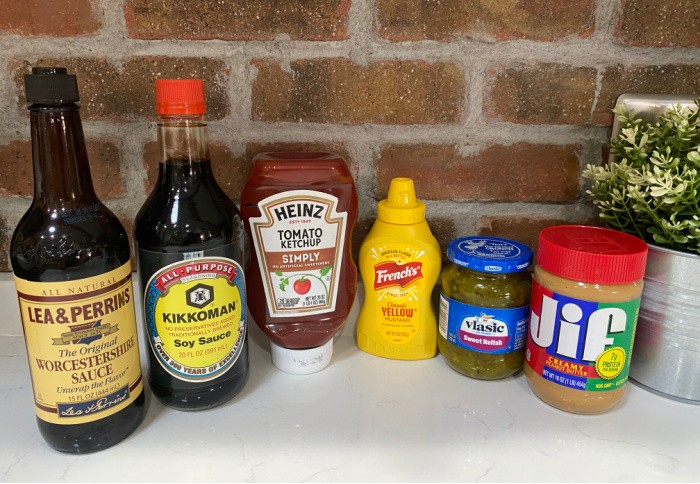

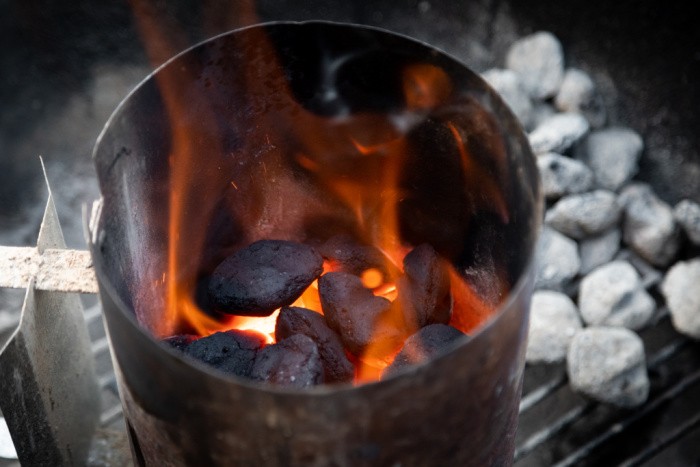
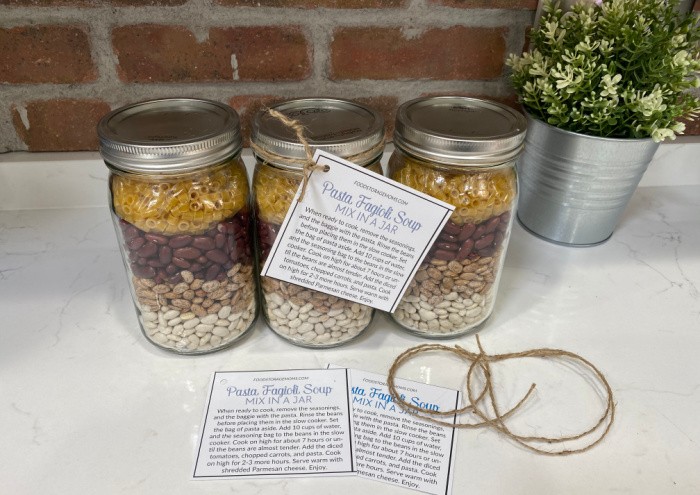
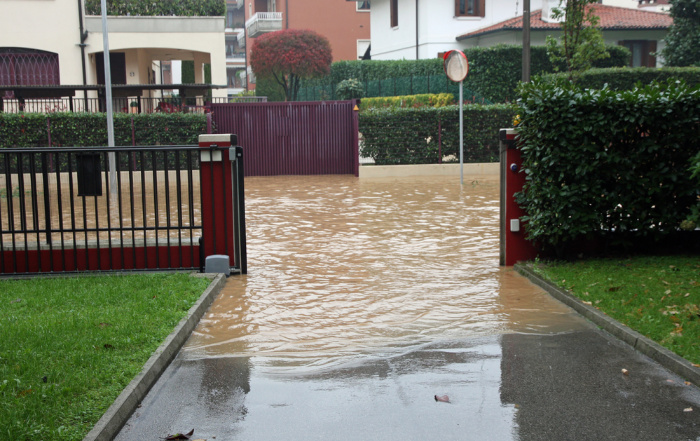













Hey Linda! I’ve never heard of these in the Southeast and rather glad not to have run into one, but thank you for always sharing information to help us be prepared! Also, I have been praying for all those affected by the horrendous floods in Utah. Are you and your family safe?
Hi Lillace, thank you for your kind words. We are fine for now. But it’s a huge mess about 50 miles from us. 250 homes were flooded. Thank you for your prayers, these families and workers need them. I had never seen a Javelina until I visited my daughter. You can’t let your kids walk to school even a block away. YIKES! Yes, indeed we need to be prepared even more so now. Stay safe, Linda
So glad you are okay! God bless you!
Thank you, Lillace! Linda
Good stuff
I’ve yet to get to hunt these. Maybe I need to walk some kids to school with my 10mm G lock
Hi Matt, oh my gosh, you always make me laugh! I literally have the giggles! Linda
If cleaned properly, they make fantastic barbecue. As a side note, I graduated from Texas A&I University in Kingsville, Texas, as in deep South Texas. The Javelina was the university’s mascot. Of course, we were not too proud to eat as many of them as we could barbecue. Then again, they are more than plentiful in South Texas. Luckily, I was almost always the barbecue man and was never the poor soul who dressed the foul smelling beast. LOL!!
Hi Harry, oh my gosh, thankfully, you were not the poor soul who would dress it out!! LOL! Texas has the best barbecue anywhere! I love hearing you barbecued them, it’s good to know we can eat them! But I would need to find someone to dress it out! LOL! Linda
When I taught kindergarten I used to read a book, “The Three Little Javelinas” to my class. It was, of course, along the lines of “The Three Little Pigs” & the kids loved it. It had amazing illustrations.
Hi Linda, oh my gosh, thank you for sharing this about The Three Little Javelinas”, my daughter teaches pre-school. I’m going to get her the book. Illustrations rock in my book! Linda
Linda:
We have the little critters here in New Mexico. We are told not to eat them because they can carry diseases that can kill you and some of the diseases are not killed by cooking. Now the biggest problem we have is what is called Feral or wild pigs. We have those wild things all through the state and they can be dangerous to be around. They have dedicated hunting period for them. They can grow to be huge and I mean huge. They can be 3 times the size of normal pigs. But I know people who love the meat because they eat grass and wild plants. They sometimes can be gamy but they have a good flavor to them.
Hi Jackie, I will become a vegetarian before I eat one, just thinking about the diseases! Oh my gosh, I can’t imagine the Feral or wild pigs! Those are huge! Mark got a deer one year, I tried cooking that sucker in all different ways. Nope, I can still smell it cooking! LOL! Gamy is the word, Linda
Linda:
Did you soak the deer meat in either Vinegar water or Buttermilk? That is what you have to do with the meat to get the gamy smell and taste out of it. I have always used Vinegar Water but my husbands grandmother MAW always swore by buttermilk. If you do it that way there is no gamy smell or taste. You can cook it any way you cook beef after that.
Hi Jackie, no one gave me that trick! LOL! Thank you for the tip! We’re too old now to go deer hunting, but this trick may help others! Thank you so much! Linda
Linda:
You can find deer and elk in some places like Sprouts or other health food stores and I would recommend doing that with the meat you get there. I even soak my ground elk and buffalo that I use for Chilli. at least for 1/2 hour. It just seems to take the gamy taste out even from farm raised animals. Of course a lot of the farm raised are no better than beef. So we be ours at Sprouts so that it is raised on massive farms where they can wander and eat what they want instead of grain. So much better than regular farm raised. In fact I buy my beef that is raised to wander so I soak it because it can be a bit gamy as well but it is well worth the cost and the fact I have to soak it.
Hi Jackie, this is good to know, I will check out the meat at our local health stores. Great tip on the soaking. The price of meat is so high right now we are eating less and less meat. It’s not worth this cost. Great comment, Linda
Linda:
The best thing is to look for is their mark down meats. I got a $20 piece of meat which is enough for 2 meals for me for $6.00. I also buy my hamburger there. I know that it is expensive $10.00 for 2lb but it is used exclusively for me. So it will last me quite a while. I just cut it into cubes and freeze for when we have Macaroni and Cheese with hamburger and bacon and peas for me and broccoli for the kids and for me it does not take a whole lot. I make enough to have that night and a little bit more for my lunch the next day. Or even breakfast the next day.
Love
Jackie
Hi Jackie, I love the markdown meat section! I used to buy quite a bit there and then we had so much I needed to cut back or it wouldn’t fit in the freezer. I still like to peek at the markdowns when I go to the stores!! Love you, Linda
Howdy Folks,
I’m in my mid 70s and have been eating wild game since I can remember. What some people call “gamy or wild” taste is most of the time created by improper harvesting and/or processing. If an animal gets excited or frightened it starts pumping adrenaline and that causes a gamy taste and causes the meat to be a might tougher. Venison and pork start to taint within 30 minutes after death. That’s why it’s important to field dress and cool as quickly as possible. Living in the South, I’ve always had an ice chest full of bags of ice in the truck when hunting. The “wild” taste is a sweet taste from eating acorns and such.
I remember a young man a few years ago that killed a trophy buck, tied it across the hood of his truck and drove around town for an hour showing off. Two weeks later he was complaining about how gamy the meat was and almost un-eatable. Not wanting to see any more good meat go to waste, I tried to explain it to him and got a cussing.
A lot of people really don’t know how to cut an animal and end up getting urine on the hind quarters, then complain about the taste.
Just my 2 cents, hope I didn’t offend anyone. I grew up in the woods.
With a brother’s love,
CB
Hi Curley, I have a nephew that’s big into hunting everything. He told me the same thing about dressing to out quickly and icing it. That’s interesting about tying the trophy buck on his hood. Here in Utah, when it’s hunting season we love to watch the trucks go by with their trophy bucks on the freeway. We always wave and clap our hands because they “got one tagged”! Now I will think about rancid deer, LOL! Now I will think about the urine as well. Great story, thanks for sharing!! Linda